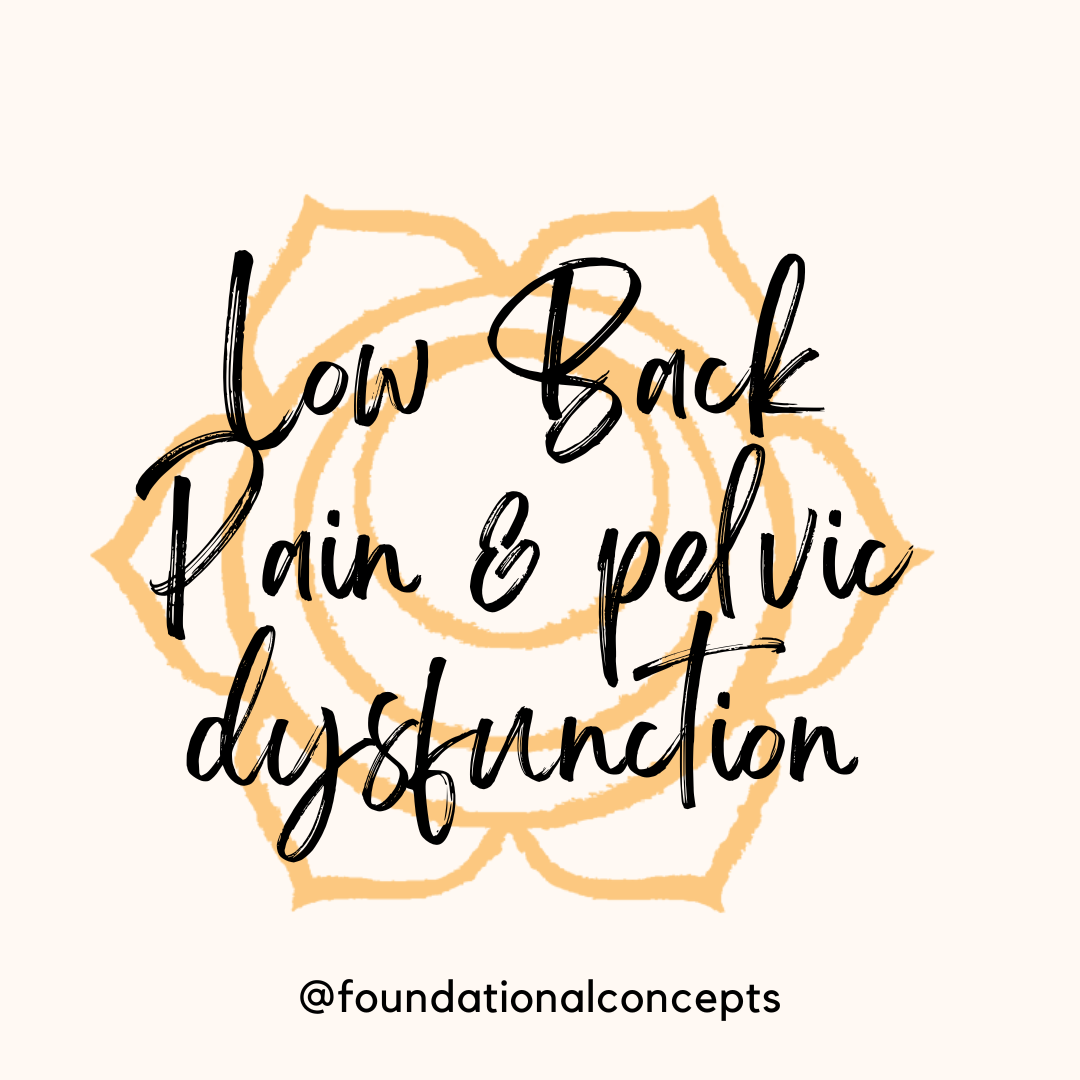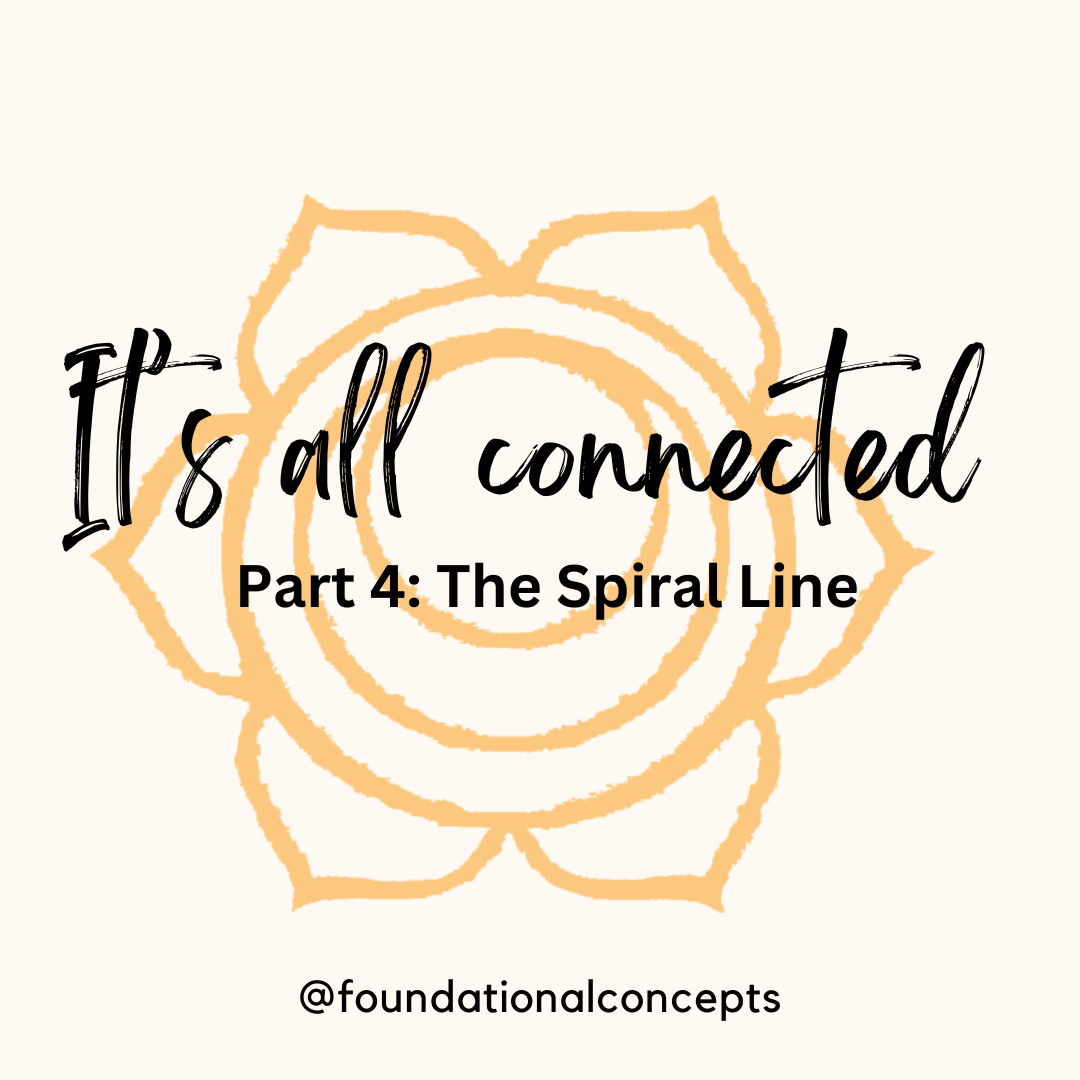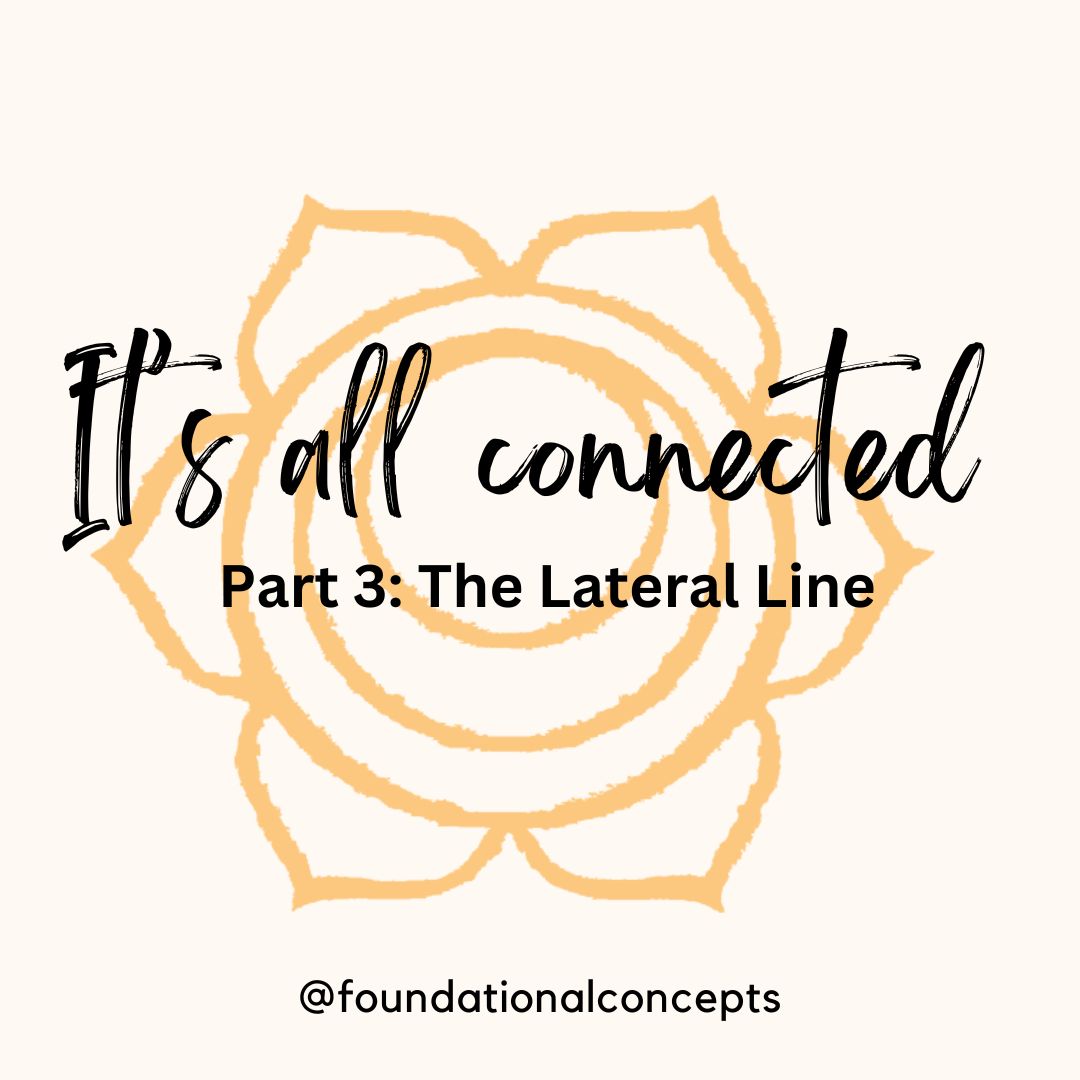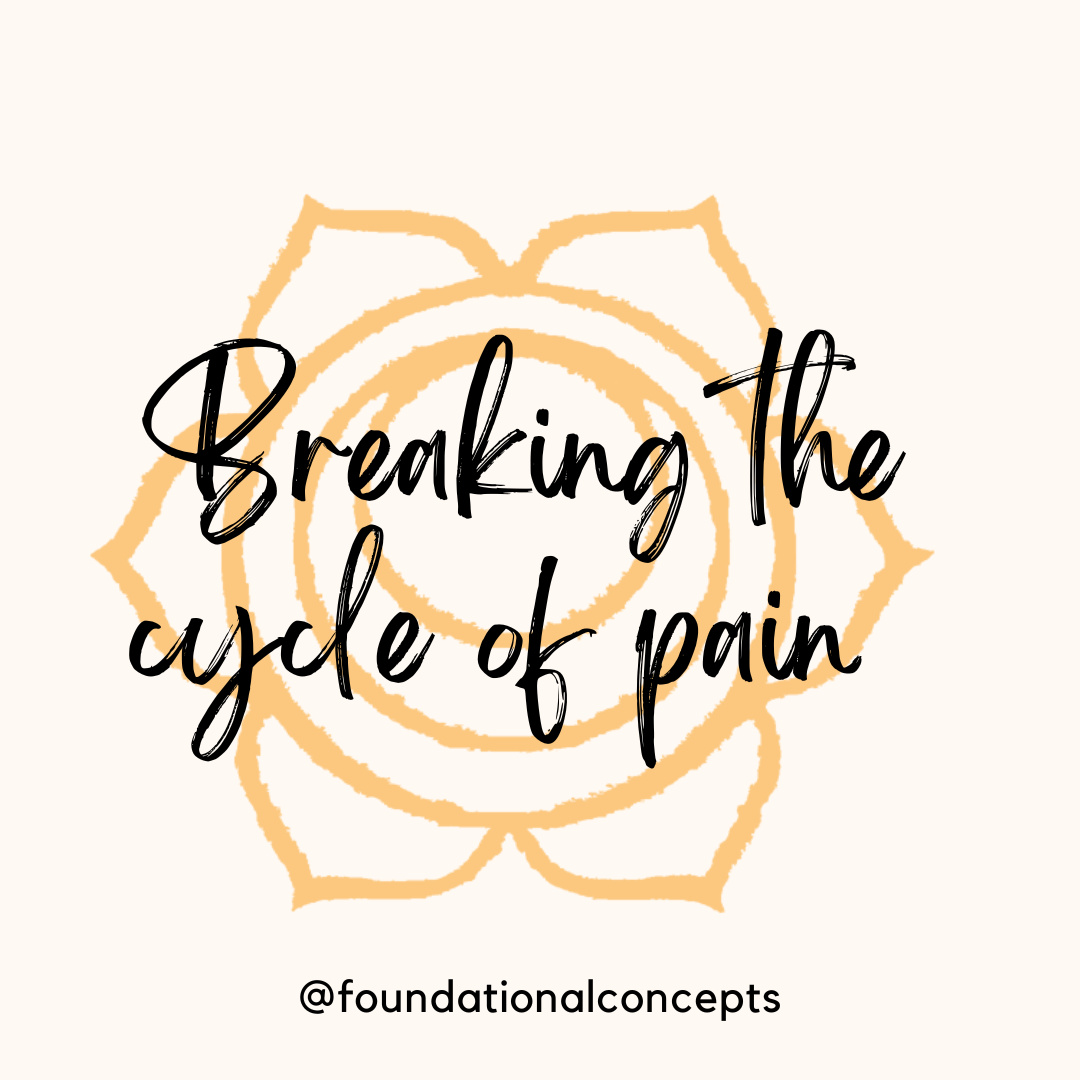The spiral line is a line of connective tissue that runs from the arch of…

Back pain and pelvic dysfunction: piecing together the puzzle of pain.
When someone comes into physical therapy for back pain, we as physical therapists need to think beyond just back pain. Often, a patient will come in and say that they had” failed PT” or that “PT didn’t help”. I wonder in those cases if the whole patient was examined in the previous treatment, or just the spine was considered.
In a 2006 study of 38,000 women sent to physical therapy for low back pain, almost 80% of them also had a pelvic health problem. These included leaking of urine, constipation, and pain with intercourse. In another study, 95% of the women with low back pain had a pelvic floor symptom. Traditionally a PT would assume that because these women had back pain and pelvic symptoms, their core must be weak and they needed to strengthen. But that is not what the researchers found.
When people with low back pain and pelvic symptoms had an internal physical exam of the pelvic floor muscles, 80% of them had pain and increased muscle tone. Meaning when the pelvic floor muscles had pressure applied, the patient experienced pain, and the muscles did not relax fully. If these patients were to perform core and pelvic floor strengthening, their back pain and pelvic symptoms would not improve. They may even worsen. This group of patients will respond better to treatment with techniques for muscle lengthening, joint mobility, and nervous system down training.
This follows the common assumption that people with low back pain have a weak core. Patients with this mindset will often brace their core with most activities and limit the movement in their spine. They may also limit their mobility through their spines or pelvis in hopes of decreasing their pain. This assumption does not hold true with the research. In the study of 38,000 women with back pain, the most common predictors of back pain in this population were decreased coordination of the diaphragm or the pelvic floor with the deep core muscles. Again, this is not a weakness issue. It is the ability of the pelvic or respiratory diaphragms to work together and give support to the lumbar spine.
From this research, the best course of treatment for back pain is movement and pain education. We have written at length about persistent pain in previous blogs linked here. The role of PT with persistent pain is to help find non-threatening movements and decrease guarding in the surrounding muscles. Movement and improved muscle coordination help to change the way our brains interpret pain.
If you are struggling with back pain, it is important to find a PT that will look at the whole you—how your pelvic floor and diaphragm move with other muscles. How well your spine and hips move, and how your brain and nervous system are interpreting the information. We cannot treat pain effectively without looking at all of these factors. And we cannot treat the back separate from the pelvis, or vice versa. Our bodies are beautifully connected so it is important we have care that takes our whole body into account.
We offer a free, 15 minute phone consultation to answer any questions you may have to to ensure to find that we are the best fit for your care and journey toward wellness.




